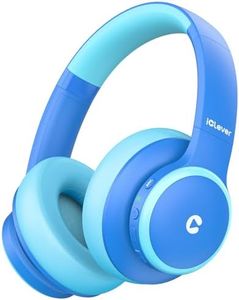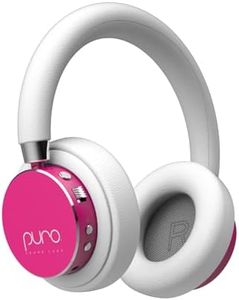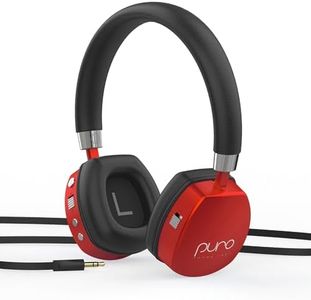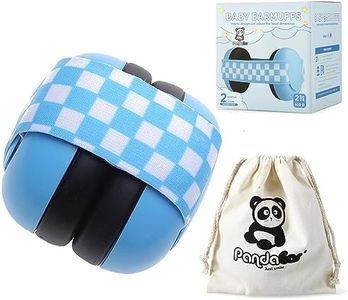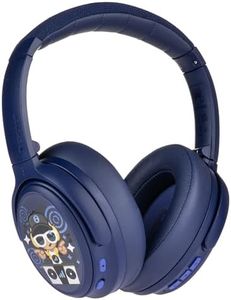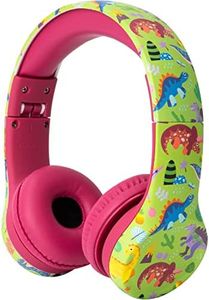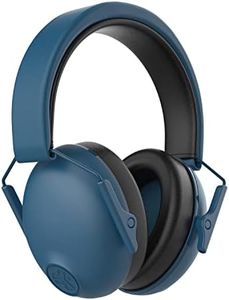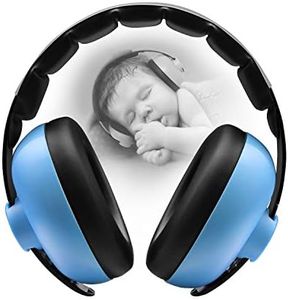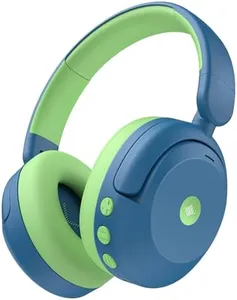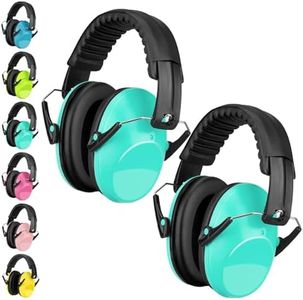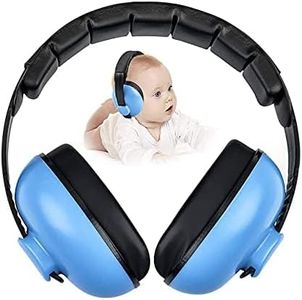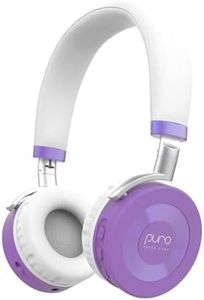We Use CookiesWe use cookies to enhance the security, performance,
functionality and for analytical and promotional activities. By continuing to browse this site you
are agreeing to our privacy policy
10 Best Noise Cancelling Headphones For Children
From leading brands and best sellers available on the web.Buying Guide for the Best Noise Cancelling Headphones For Children
When choosing noise-cancelling headphones for children, the most important goal is to find a model that effectively reduces unwanted sounds, is safe for developing ears, and comfortable enough to wear for extended periods. It's also wise to consider how easy the headphones are for a child to use and whether they fit your child's activities, whether it's for studying, traveling, or just enjoying music or movies. By understanding key features and aligning them with your child's needs and habits, you can make a confident and informed choice.Noise Cancelling TechnologyNoise cancelling technology reduces background sounds so that the listener can focus more easily on audio or just enjoy some quiet. There are two types: passive (using ear cushions to block noise) and active (using electronics to counteract noise). For children, passive might be enough for schoolwork or travel, while active noise cancelling is more effective in noisy environments like airplanes or busy public spaces. Consider your child's usual settings to decide whether active cancellation is necessary.
Volume LimitingVolume limiting is a feature that prevents headphones from exceeding a safe loudness level, protecting children's sensitive hearing. Most children's models cap the volume at around 85 decibels. This is an essential safety feature, especially for younger children or those likely to turn up the volume. Always choose headphones with built-in volume limiters to safeguard hearing health.
Fit and ComfortA good fit ensures headphones stay securely in place and remain comfortable during wear. Children's headphones are typically lighter and have smaller ear cups to suit young users. Some models offer adjustable headbands and soft padding for a better, more comfortable fit. If possible, have your child try them on or look for adjustable options to ensure they won't be too tight or too loose for long periods.
Durability and MaterialsChildren's headphones need to withstand drops, bending, and daily use, so durable materials like reinforced plastics or flexible bands are important. Some headphones are also designed to be tangle-free or resistant to spills. Opt for sturdy models made from child-safe materials if your child is prone to rough use or will be taking them on the go.
Battery LifeIf the headphones use active noise cancellation or are wireless, battery life becomes important. Longer battery life means fewer interruptions, particularly on long trips or during school. Typical battery life ranges from a few hours to an entire day. For occasional or short-term use, moderate battery life may be enough, but for frequent travelers, longer battery performance is beneficial.
Controls and Ease of UseChildren can find complex controls frustrating. Simple, clearly marked buttons or sliders make it easier to adjust volume, turn headphones on and off, and manage noise cancelling. Some headphones even have parental controls or limits on settings. Consider your child's age and abilities; for younger children, the simpler the controls, the better.


